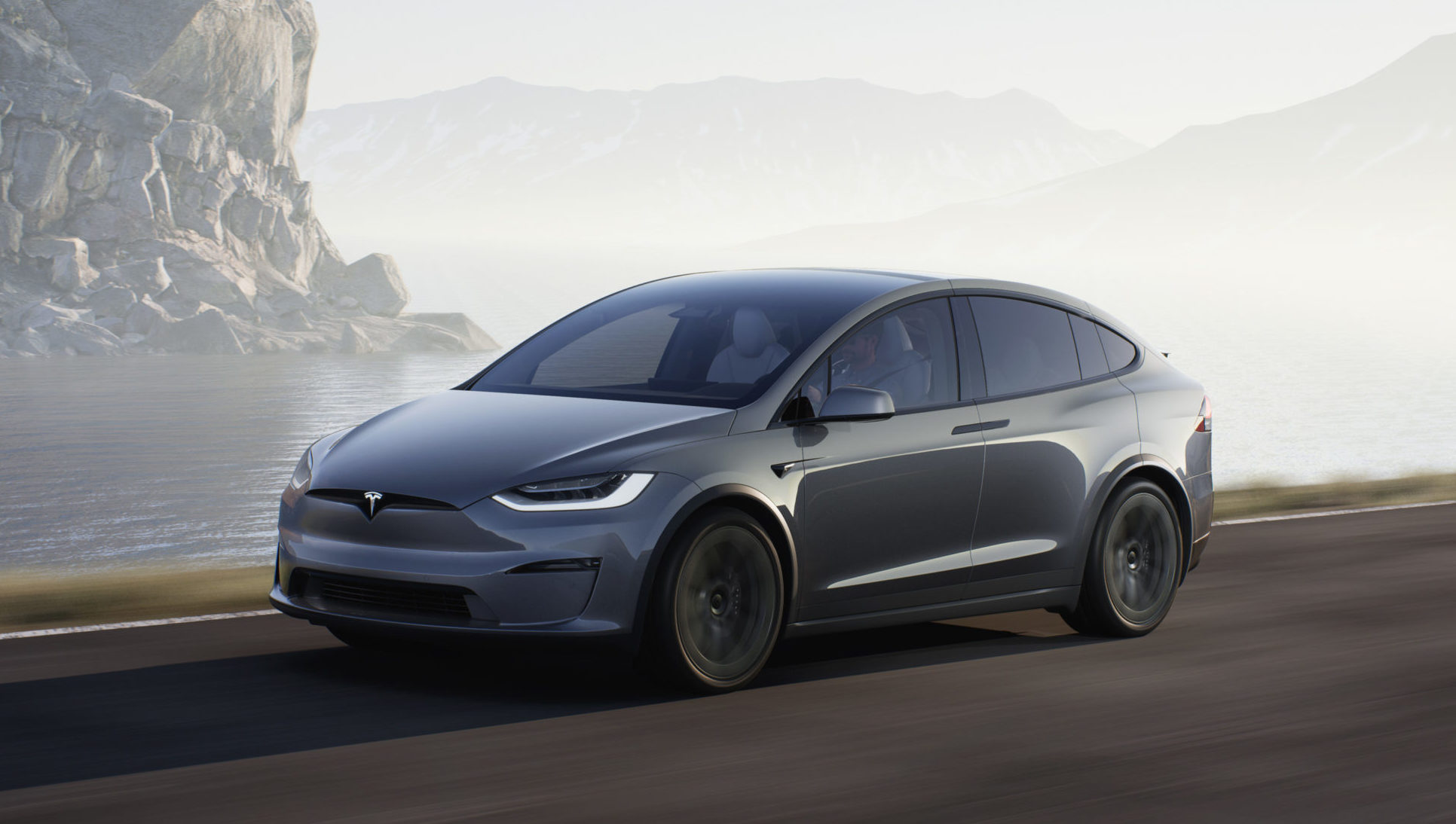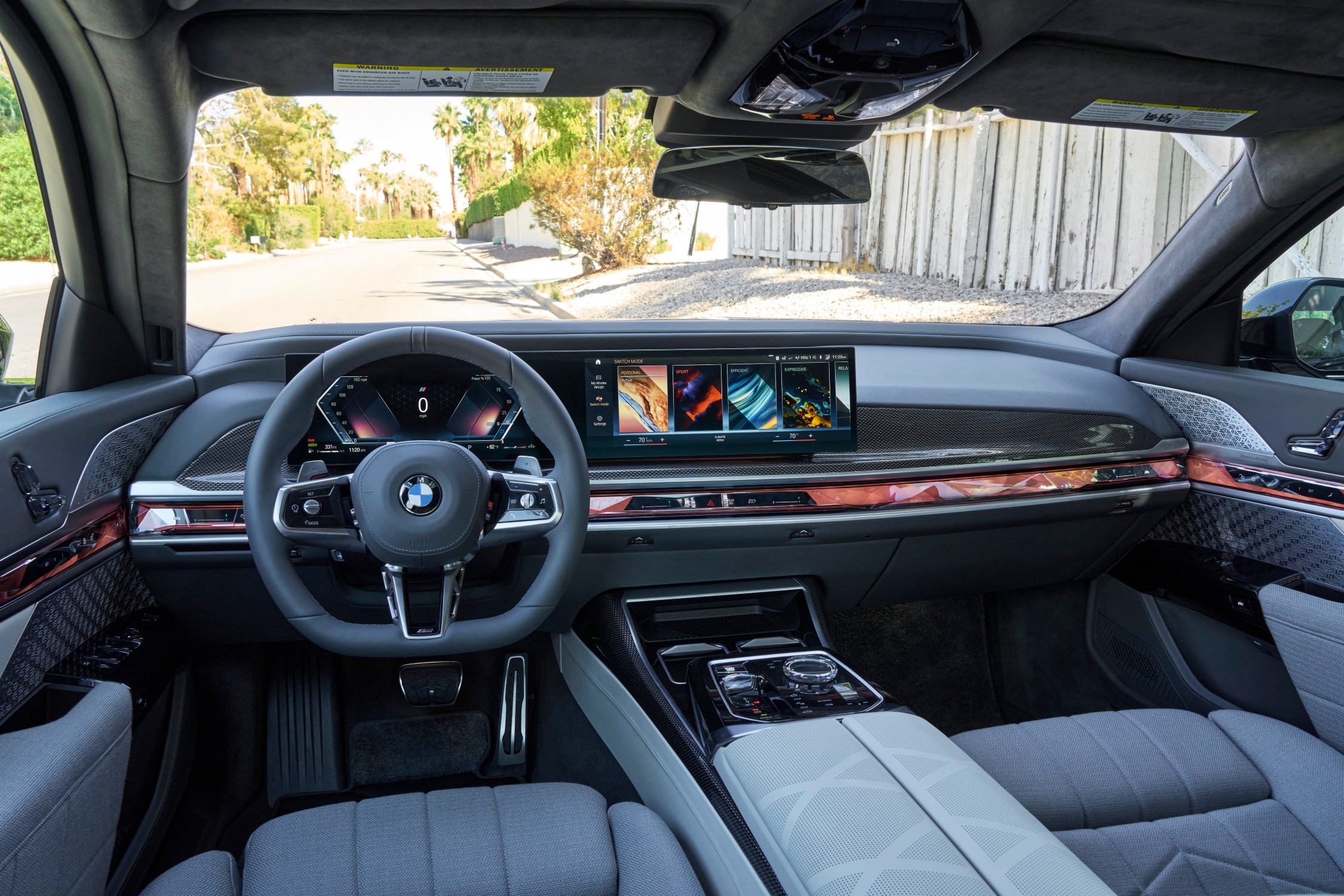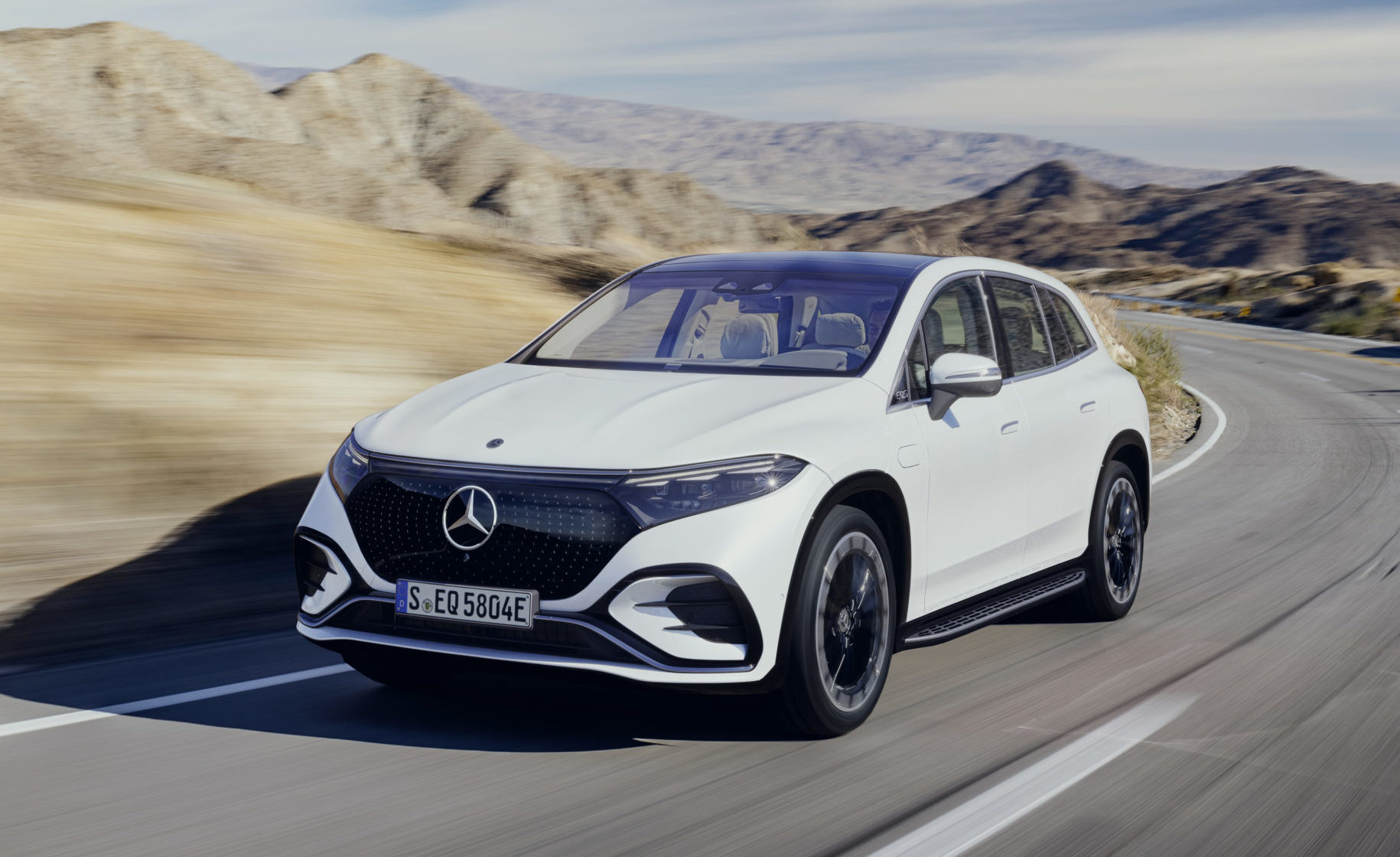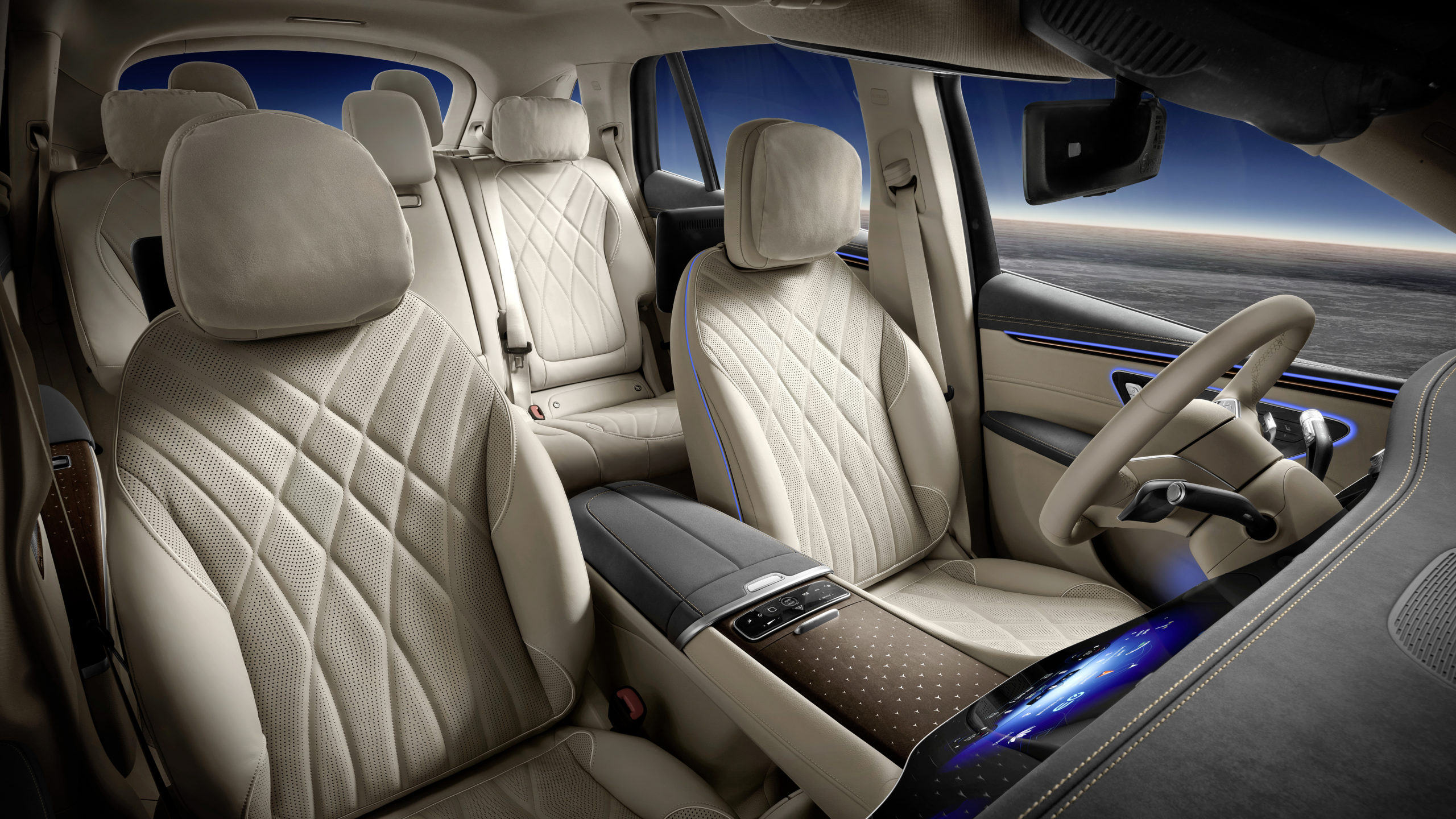As battery electric vehicles (BEVs) become more plentiful in the Canadian marketplace, manufacturers are taking advantage of economies of scale to make them more affordable. Two good examples are the Chevrolet Bolt and Nissan Leaf, both of which saw their prices cut to below $40,000 for the 2022 model year.
But not everyone who’s shopping for a BEV is looking for a deal. Tesla has proven there are plenty of drivers willing to throw some money around to get an electric vehicle that’s loaded with technology and capable of serious performance. If you’re one of those drivers – or wish you were – then this list of the top five most expensive BEVs in Canada is for you.
We’ve based our ranking on starting MSRPs to demonstrate what will get you in the door of some of the fastest and fanciest BEVs available today. However, you can spend well beyond these entry prices when adding in options and performance upgrades.
Tesla Model X – $156,000

Tesla Model X
Topping our list is the Tesla Model X, a mid-size SUV better known for its performance and driving range than its looks. The Model X’s six-figure price includes a 240-km/h top speed, the ability to do 0-100 km/h in 3.9 seconds, and a claimed 565 km of driving range, all from a 670-hp dual-motor drivetrain. Also included are the Model X’s “falcon-wing” top-hinged rear doors, which provide access to the standard three-place second-row seat; for more money, you can kit out the Model X with three-row layouts that accommodate six or seven people.

Tesla Model X
Tesla estimates the Model X’s energy consumption at 2.3 Le/100 km for the base model and 2.6 Le/100 km in Plaid form.
BMW i7 – $147,000

BMW i7
BMW has launched an all-new 7 Series for the 2023 model year, and the flagship of the range is the i7, an all-electric version of the iconic German luxury sedan.
While the i7 is one of Canada’s most-expensive BEVs of the moment, it shares its $147,000 price tag with its gas-powered counterpart, the 760i, marking the first time BMW has offered gas and electric powertrains in the same car.

BMW i7
In the i7, power is from a pair of electric motors, one at the front wheels and the other at the rear, that combine for 536 hp and 549 lb-ft of torque and a claimed 0-100 km/h acceleration sprint of 4.7 seconds. The i7’s driving range maxes out at 512 km, with a combined (city/highway) energy consumption rating of 2.6 Le/100 km.
From the driver’s seat, you face a sparse dashboard dominated by a wide display that combines driver info and secondary functions, while rear-seat passengers can enjoy a 31.3-inch entertainment screen and a panoramic roof.
Mercedes-Benz EQS 580 – $146,500

Mercedes-Benz EQS 580
Mercedes-Benz made a big entrance in Canada’s BEV marketplace earlier this year with the EQS, a slick four-door sedan with a starting price of $146,500 for the 2022 model. For that money, you get an all-wheel drivetrain boasting 516 hp, a 4.3-second 0-100 km/h acceleration time, and 547 km of driving range on a full charge.
Impressive as those stats are, one of the EQS’s highlights is its 56-inch Hyperscreen infotainment display, which stretches the width of the dash and includes a driver info display and both central and passenger-side touchscreens.

Mercedes-Benz EQS 580
Modeled after the brand’s S-Class flagship sedan, the EQS 580 follows a similar formula to that of the BMW i7, with a price that’s only a few grand higher than that of the gas-powered Mercedes-Benz S 580. Unlike the i7 and 7 Series, however, the EQS 580 and S 580 are based on different platforms.
The EQS 580’s energy consumption is estimated at 2.5 Le/100 km.
Mercedes-Benz EQS 450 SUV – $136,000

Mercedes-EQ. EQS SUV, Exterieur, Fahraufnahme, Diamantweiß, AMG Line // Mercedes-EQ. EQS SUV, exterior, driving shot, diamond white, AMG Line
Mercedes also takes the number four spot on our list with its EQS 450 SUV, an all-electric utility that packs family-oriented three-row seating into the same platform as the EQS 580 sedan.
This crossover’s “450” designation positions it as the EQS SUV’s entry point with 335 hp and a base price tag good enough for fourth place on our list. Bear in mind if you want the big Hyperscreen infotainment setup that sweeps across the dash, it’s not included in this base model, which gets a more conventional display separate from the driver’s screen. And if you want more power, there’s an EQS 580 SUV with the same powertrain as the EQS 580 sedan and a price tag about $22,000 richer.

Mercedes-Benz EQS 450 SUV
In the EQS 450, you get an estimated 459 km of driving range and an energy consumption rating of 3.0 Le/100 km to go with its claimed 5.8-second 0-100 km/h time.
Tesla Model S – $135,000

Tesla Model S Plaid
Tesla gets its second mention on our list with its second-most-expensive vehicle, the Model S mid-size sedan. For a base price of $135,000, you get the same powertrain used in the Model X, but the Model S’s lighter weight means it performs even better: It’ll do 0-100 km/h in 3.2 seconds, promises driving range of up to 652 km, and gets an energy consumption rating of 2.0 Le/100 km.
You can also get a Model S Plaid with 1,020 hp to get to 100 km/h in 2.1 seconds and a top speed of 322 km/h. Even with all that potential under your right foot, the Model S Plaid can go 637 km on a full charge.

Tesla Model S Plaid
One of the key features of the Model S (as well as the Model X) is Tesla’s yoke-style steering wheel, which we suggest you try before you buy the car.
For an extra outlay, you can add Tesla’s Autopilot option. There’s also a package Tesla says lends the car full self-driving capability.






